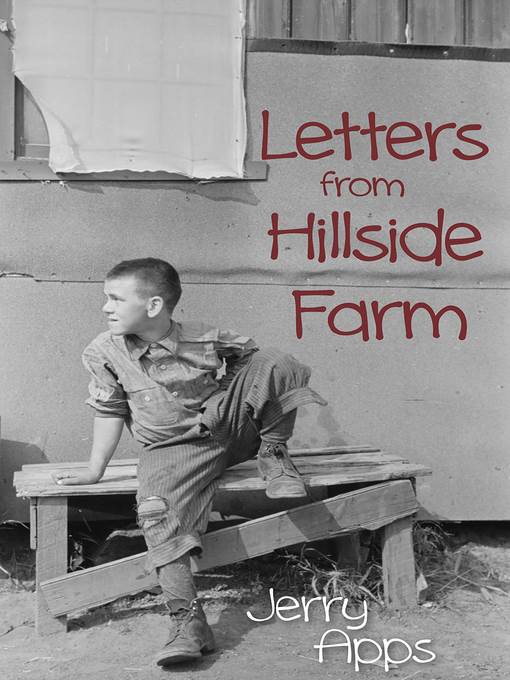
Letters from Hillside Farm
فرمت کتاب
ebook
تاریخ انتشار
2016
Lexile Score
870
Reading Level
4-5
نویسنده
Jerry Appsناشر
Fulcrum Publishingشابک
9781938486081
کتاب های مرتبط
- اطلاعات
- نقد و بررسی
- دیدگاه کاربران
نقد و بررسی

March 1, 2013
Faint echoes of the middle volumes of the Little House series are all that animate this bland, Depression-era epistolary tale. Apps opens with a superfluous introduction to his fictional family and their historical background and closes with two pages of letter-writing exercises. In between, he records five months of life on a Wisconsin farm. Although the family's removal to the farm is triggered by the loss of the father's factory job, hardship seems very far-off. During the period covered by the book, the weather is idyllic, money never seems tight (along with horses and heavy equipment, George's father buys both a puppy, shipped in from a distant locale, and a retired circus pony), and not even the death of a cow or the dumping of a load of seed oats in a ditch results in any sort of setback. All is told via the correspondence between 12- (later 13-) year-old George Struckmeyer and his grandmother back in Cleveland. Grandma responds with eye-glazing platitudes ("What a Fourth of July celebration! Picnics are fun, aren't they? And having one near a lake makes it even more fun") to George's long, polished accounts. He tells of social events, baseball games, getting the hay in, feeding a passing hobo and putting on an amateur circus in the barn, among other small adventures. Neither George's experiences nor the author's pedagogical additions offer much to engage readers' hearts or minds. (Historical fiction. 10-12)
COPYRIGHT(2013) Kirkus Reviews, ALL RIGHTS RESERVED.

August 1, 2013
Gr 5-7-When 12-year-old George Struckmeyer's father loses his factory job in 1938 Ohio, he decides to move his family to a rented farm in Wisconsin. Upon arrival, George and his mother discover that the house does not have electricity, running water, or indoor plumbing. George's dad grew up on a farm, so he takes to the situation easily and enlists his son's help. Soon the two are milking cows and plowing the fields. Meanwhile, George attends the nearby one-room schoolhouse as the only seventh grader. He makes a friend, Rachel, but he also makes an enemy, Amos, who plagues him throughout the book. No matter what George tries to do, Amos finds a reason to bully him. George is recovering from a broken leg, so Amos calls him "Limply Late" and tells him, "We don't like city kids in our school." Rachel stands up for him and selects him for her softball team. But Amos's taunting doesn't stop until George rescues the bully's grandmother from a house fire. The story is told through letters between George and his grandmother back in Ohio. Their correspondences are detailed and provide an authentic sense of what it was like to live during the Depression. However, readers will find the pace of the story a bit slow and may lose interest.-Wendy M. Scalfaro, G. Ray Bodley High School, Fulton, NY
Copyright 2013 School Library Journal, LLC Used with permission.

April 15, 2013
Grades 5-8 In 1938, 13-year-old George Struckmeyer's father loses his factory job in Cleveland, and the family moves to a rented farm in Wisconsin. Surprises await them at the farm: no running water, an outdoor toilet (with the Sears catalog for toilet paper), wood-burning stoves (even for cooking), and a one-room schoolhouse for grades 18. George's greatest sacrifice is leaving his grandmother in Cleveland, and to stay in contact he writes her letters describing his acclimation to farm life. These letters, which make up the narrative, are quiet, yet they convey the hardships and joys each day brings. George successfully learns many jobs around the farm, but still must learn how to deal with Amos, the eighth-grade bully. Apps adroitly weaves factual information about the difficulties of life during the Depression with the fictional story of George to create a snapshot of a different time for today's youth, much like Patricia Reilly Giff did in R My Name Is Rachel (2011).(Reprinted with permission of Booklist, copyright 2013, American Library Association.)

























دیدگاه کاربران